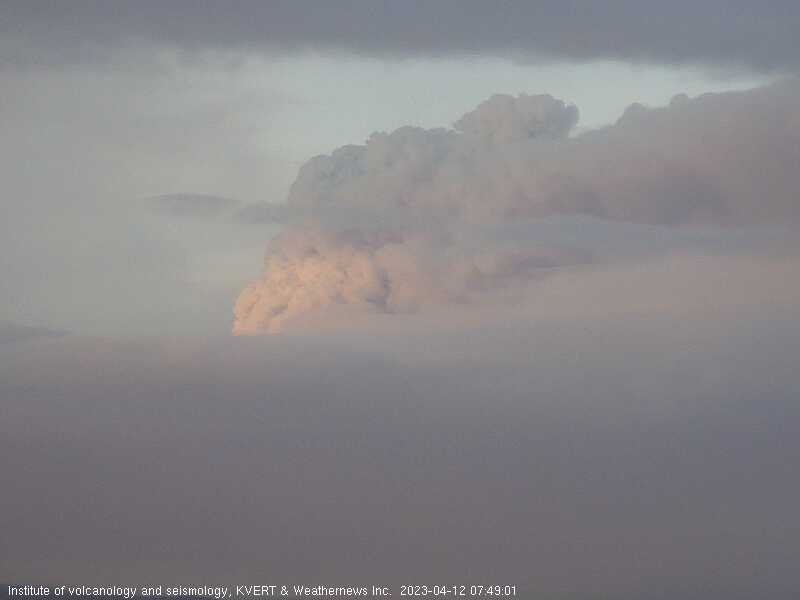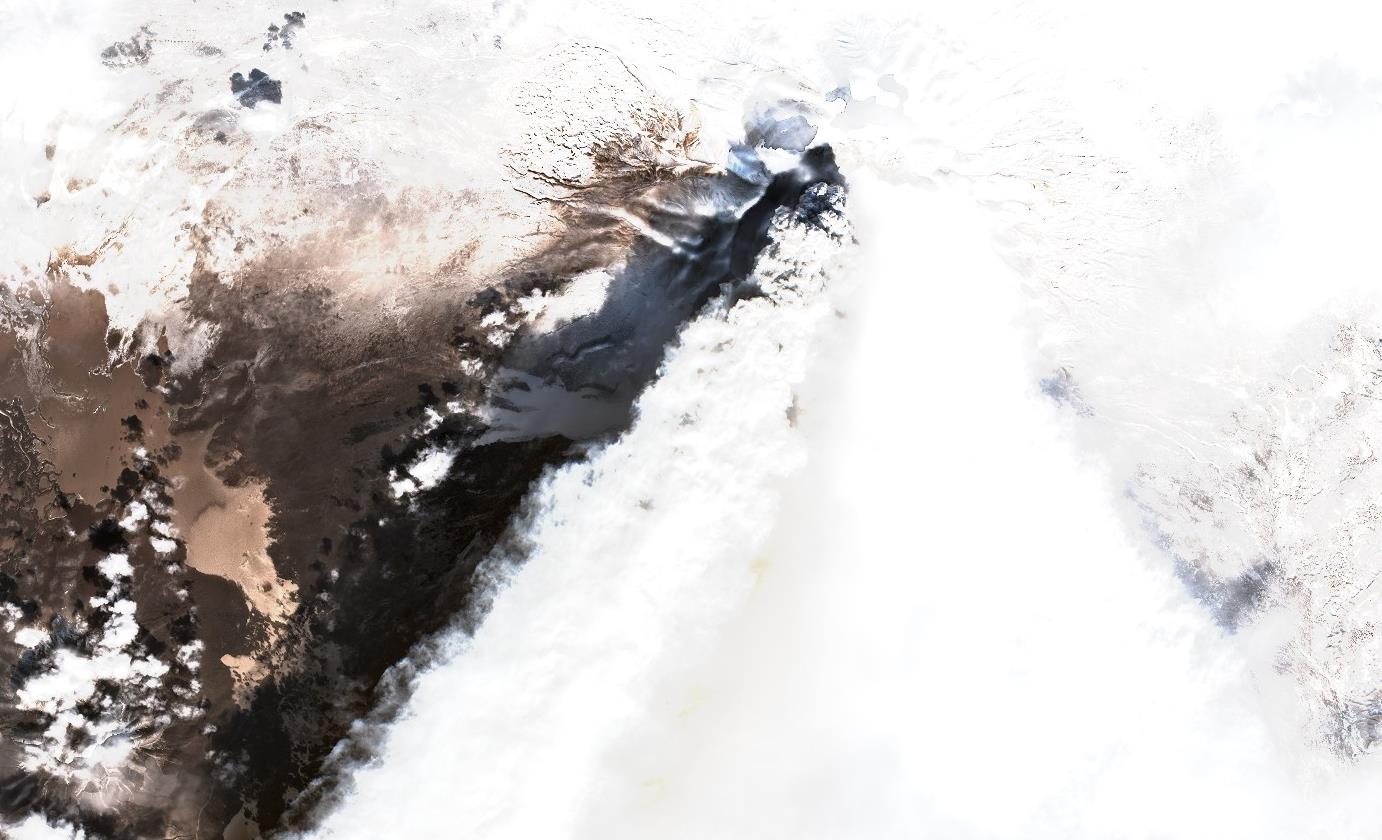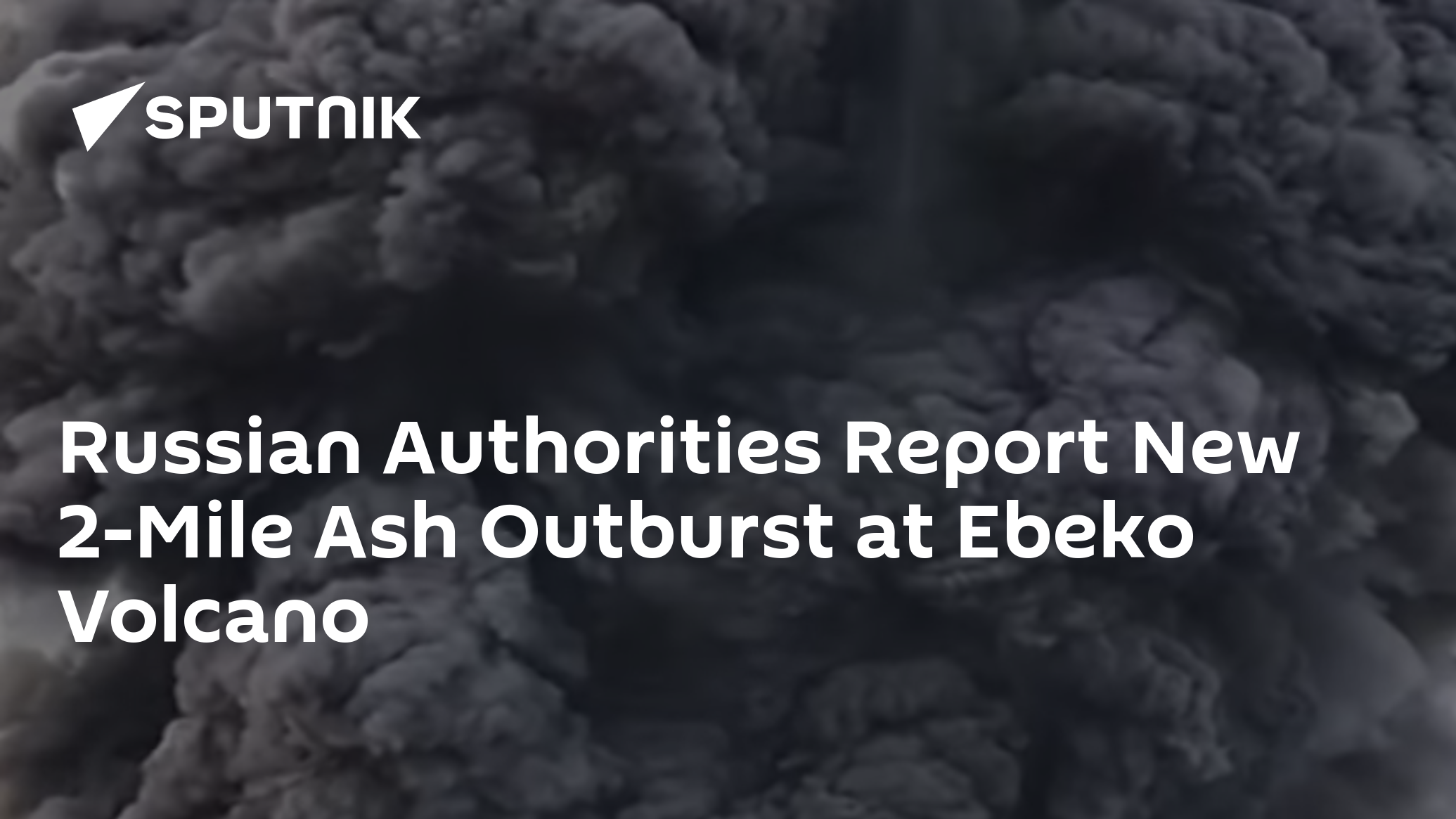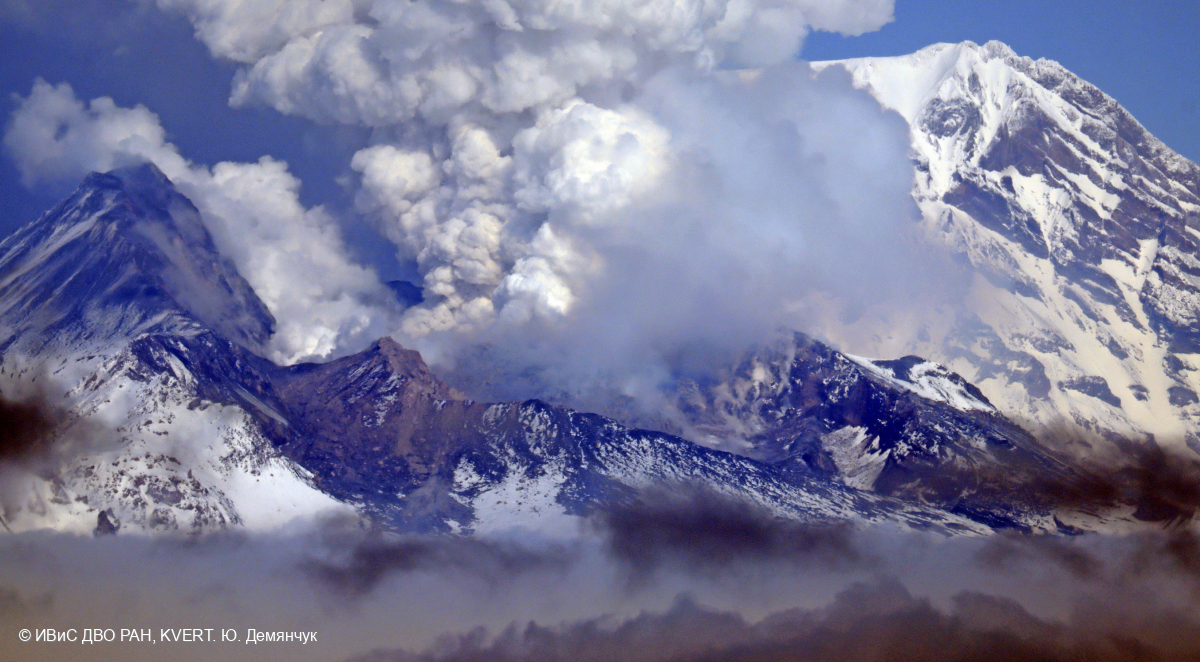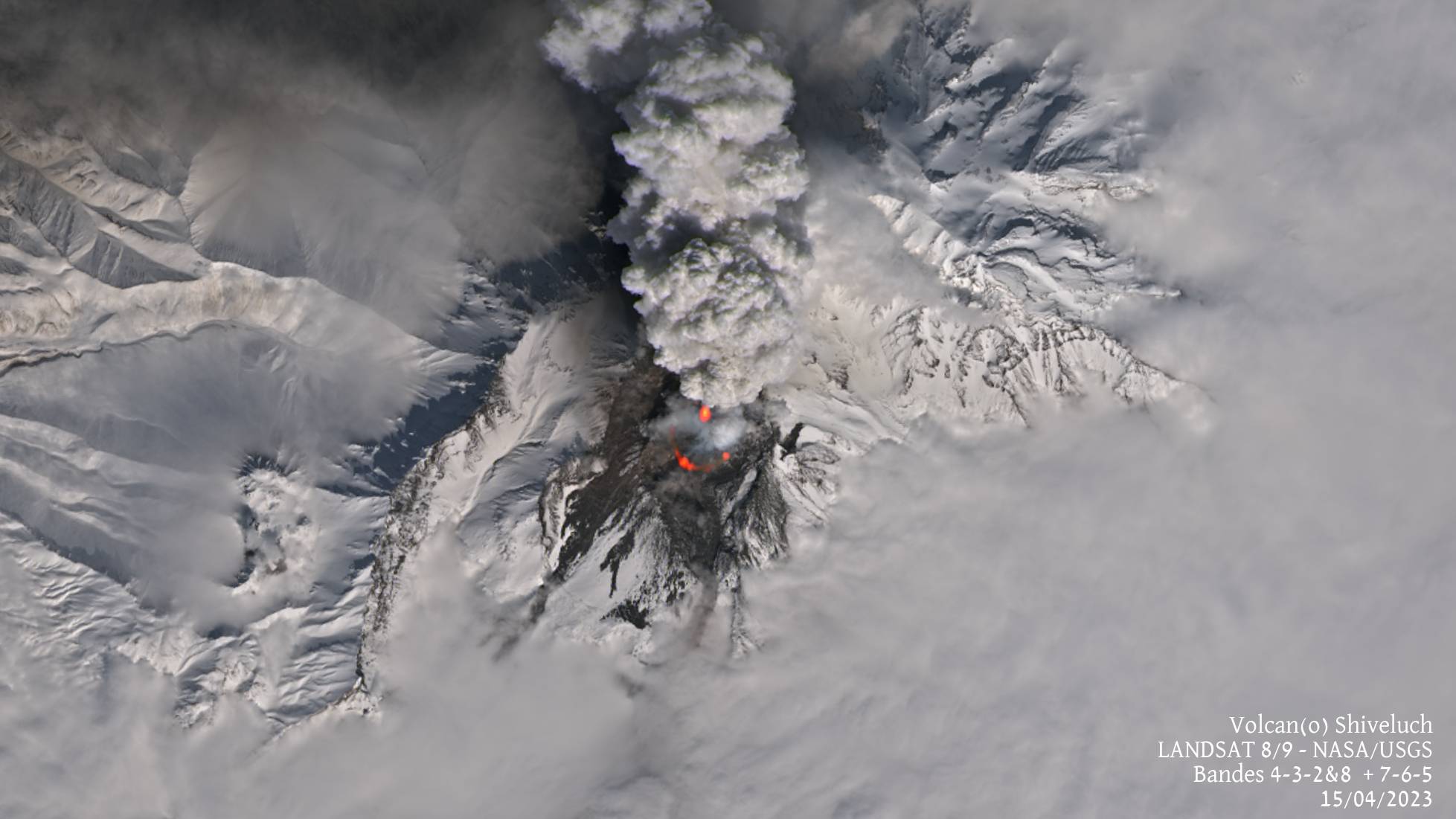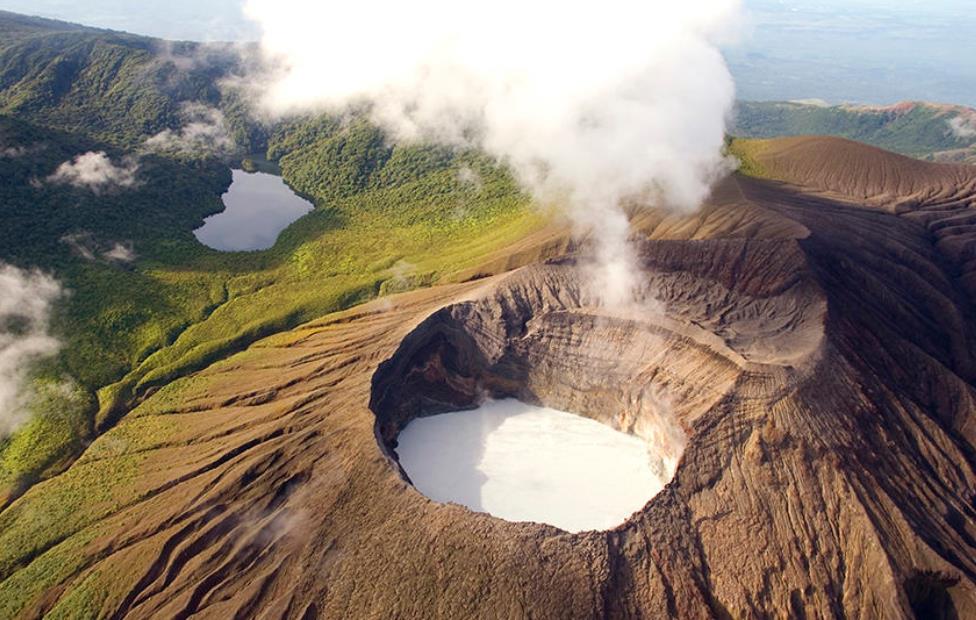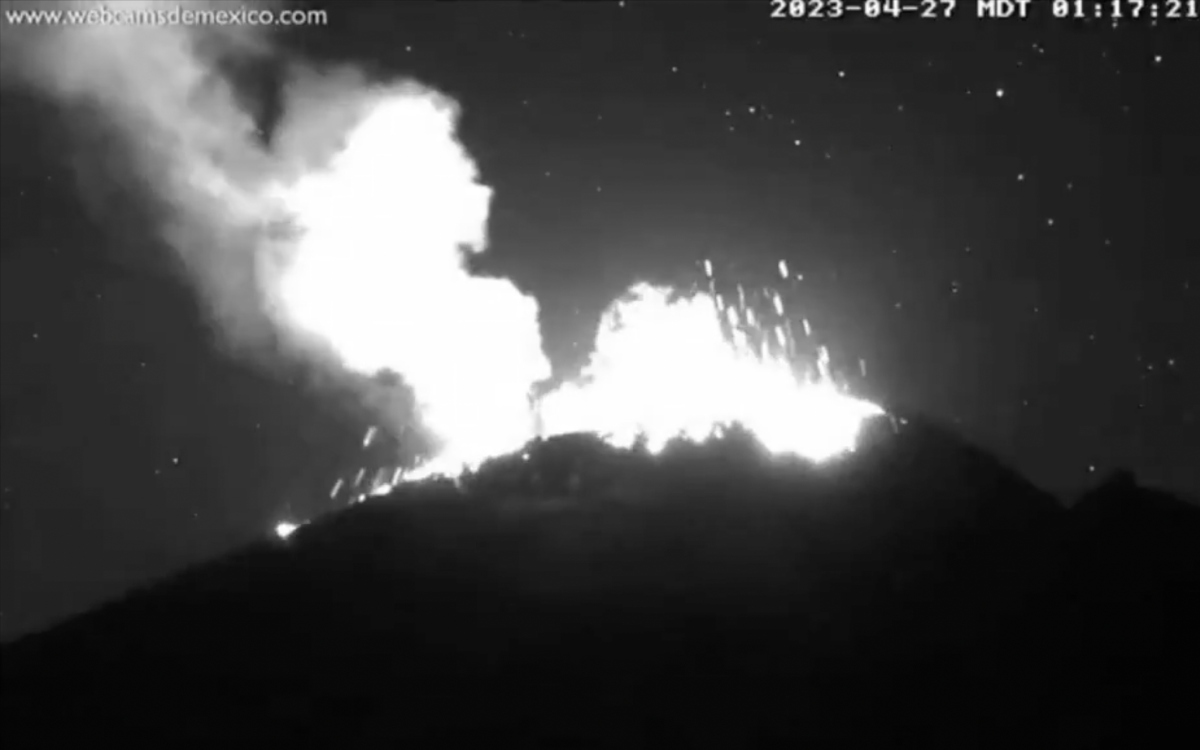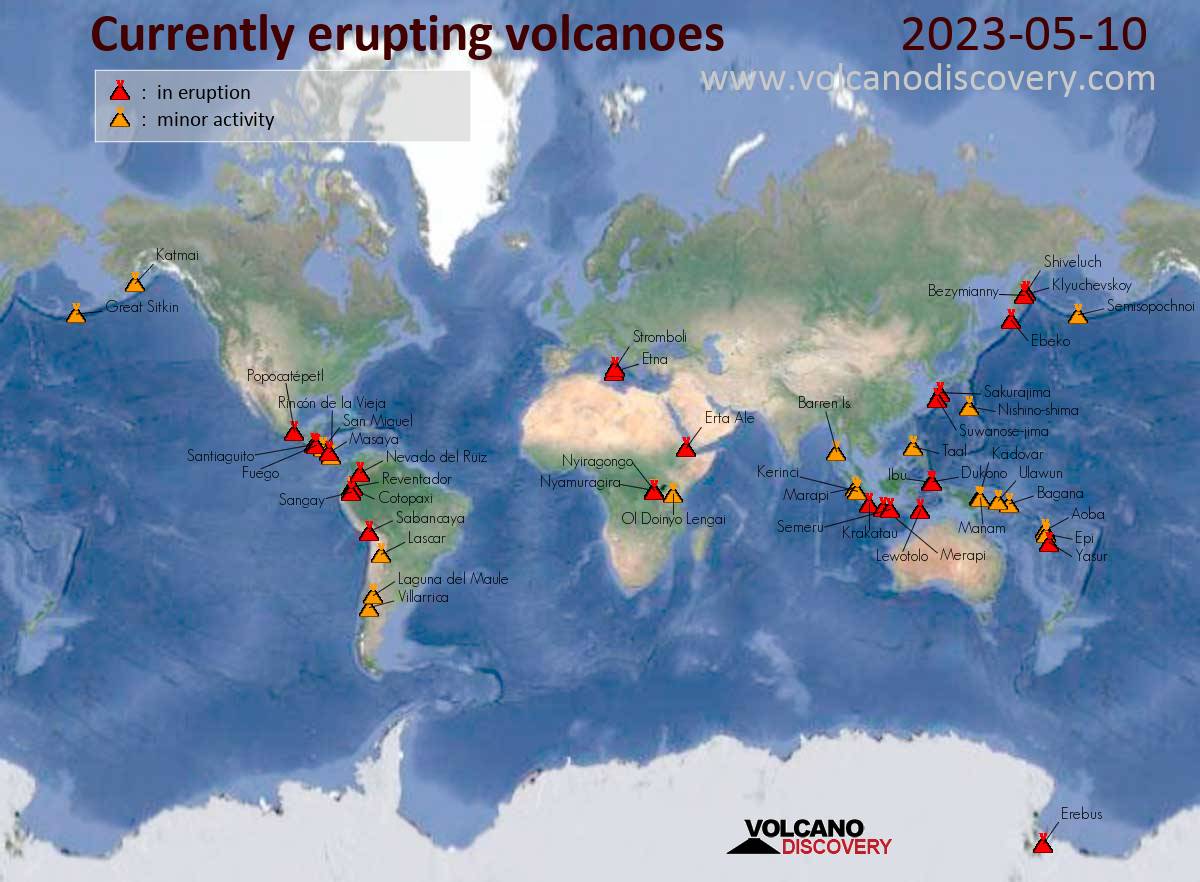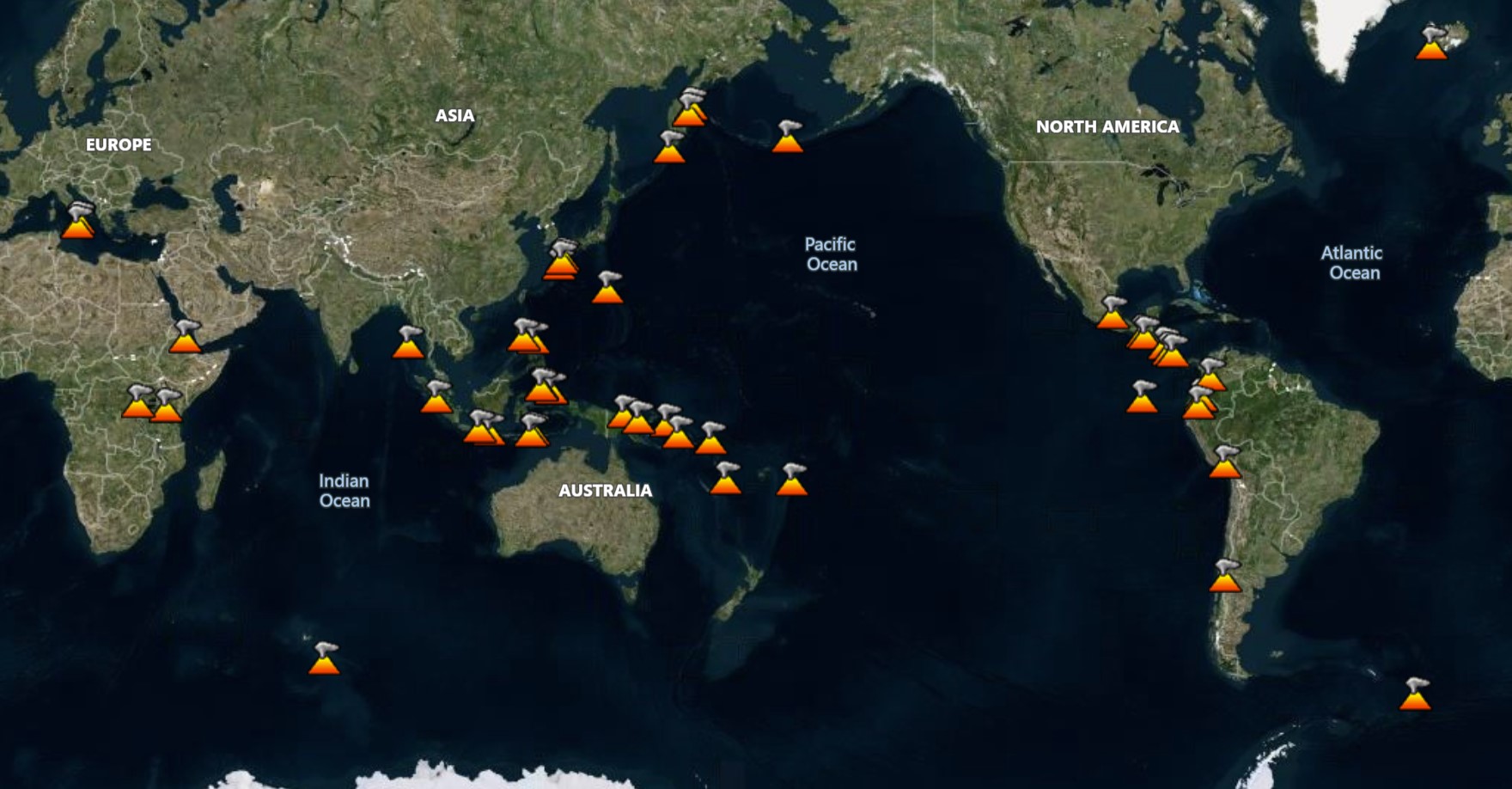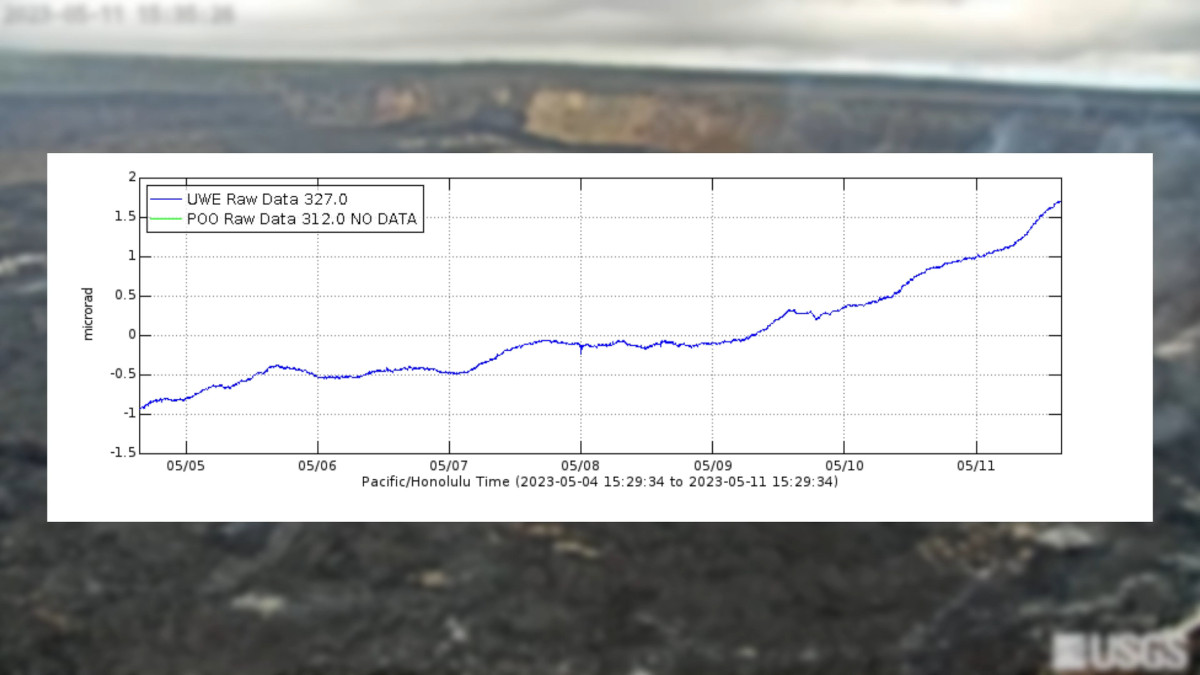After a pair of magnitude 5 earthquakes struck in Plumas County late this week, some people may have cast a glance 20 miles northwest to another geologically active area: Lassen Volcanic National Park.
On very rare occasions, earthquakes can lead to volcanic eruptions, as the quake dislodges the magma bubbling within the volcano.
However, there’s good news from Lassen Peak, which is classified as an active volcano: USGS is “not seeing anything that indicates Lassen is experiencing any unrest,” according to Jessica Ball, a volcanologist with the U.S. Geological Survey’s California Volcano Observatory.
The earthquakes late Thursday and early Friday beneath Lake Almanor were due to a slip on one of the faults in the region, Ball said.
Earthquakes can only trigger volcanic eruptions where there is already enough magma and pressure in the volcano, Ball said.
There are some historical examples of large earthquakes triggering volcanic eruptions, geologic consultant Charles Watson said. One of the most prominent is the
1707 eruption of Mount Fuji in Japan, which was triggered by a magnitude 8.6 earthquake, Watson said.
Lassen Peak is considered to be “resting,” meaning there is little danger of a major eruption in the near future, Ball said. The volcano
last erupted in 1917, the tail end of an active spell that started in 1914.
“Unless the volcano is already ready to go off, an earthquake is not going to cause an eruption,” Ball said.
The region has many different geologic forces at work. Lake Almanor is at the junction of three fault zones: Tahoe-Mohawk Valley-Lassen, Hat Creek-Lake Almanor and Butt Creek, Watson said.
The
most recent quake of a similar magnitude happened almost exactly 10 years ago: on May 23, 2013, measuring magnitude 5.7.
Lake Almanor is also a part of the Basin and Range Province, a region “still in the process of stretching and pulling apart and because of that, we get earthquakes all over the place,” Ball said.
Meanwhile, Lassen Peak is the southernmost part of the Cascade volcanic chain, which extends up along the West Coast into southern Canada, Ball said. The chain of volcanoes is sustained as oceanic crust
slides underneath continental crust.
Tectonic processes, such as one plate sliding underneath another, “can create this conduit that extends deep into the earth and intersects magma underneath the earth. If an earthquake happens, it opens up the crack enough where the magma can then rise through the rocks and get to the surface,” Watson said.
Large earthquakes can also
cause dissolved gasses to come out of the magma, increasing pressure and leading to an eruption, according to the USGS.
“Those mechanisms have to do with either making that magma slosh around in the magma chamber or making it create more bubbles,
Volcanologists aren’t sure what size earthquake or how far away the earthquake has to be to the volcano for an earthquake to cause an eruption, Ball said.
“This triggering is pretty rare, which is why we don't have a lot of good examples of it,” Ball said.
The opposite though, is much more common: geothermal activity underneath Lassen Peak often fractures the thin crust in the region and triggers small earthquakes. In a week’s time, Watson can count up to 60 “barely perceptible” magnitude 1 earthquakes, he said.


